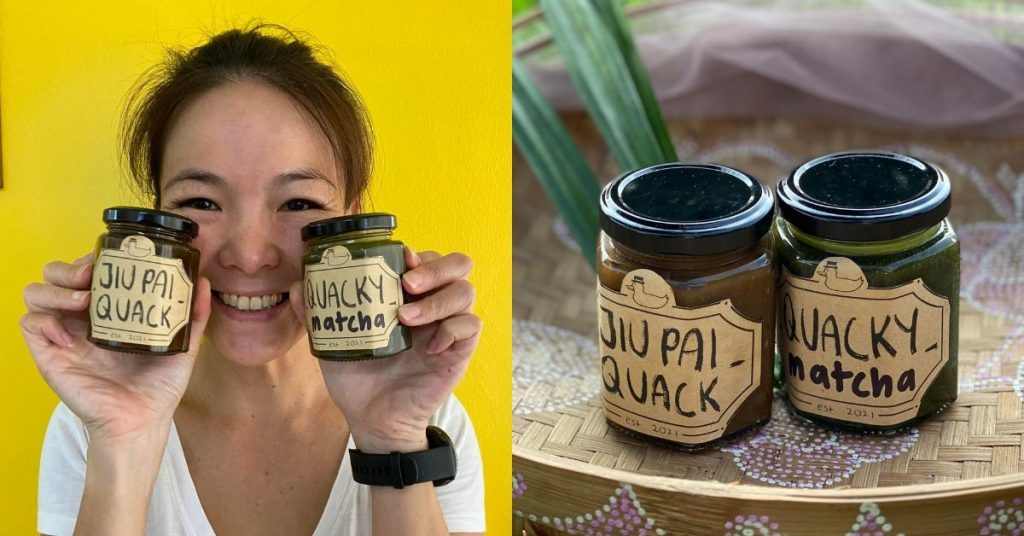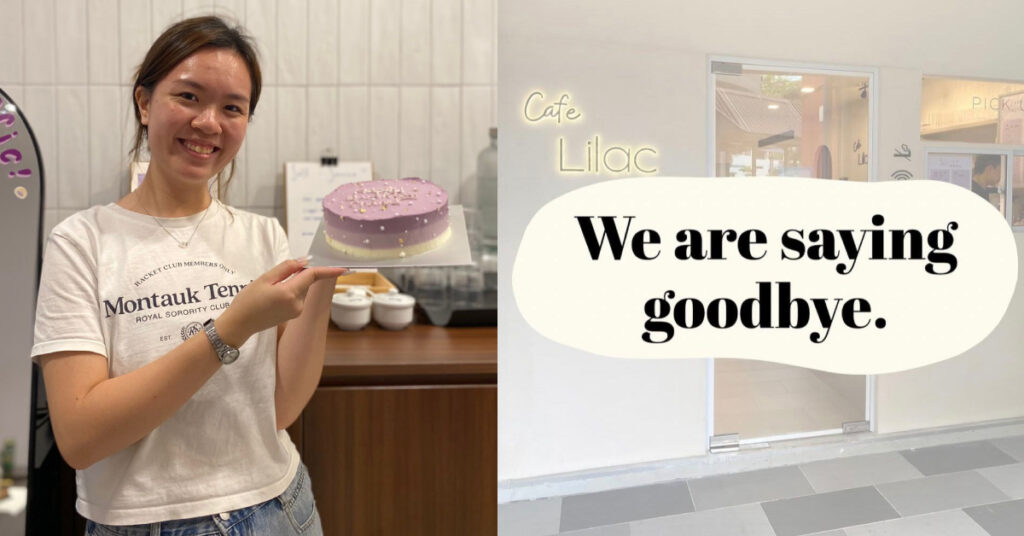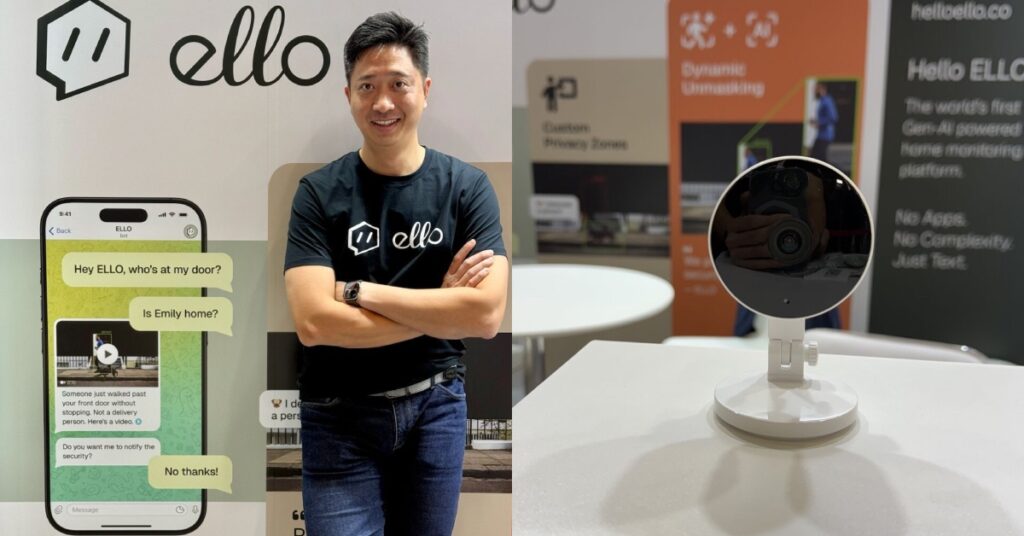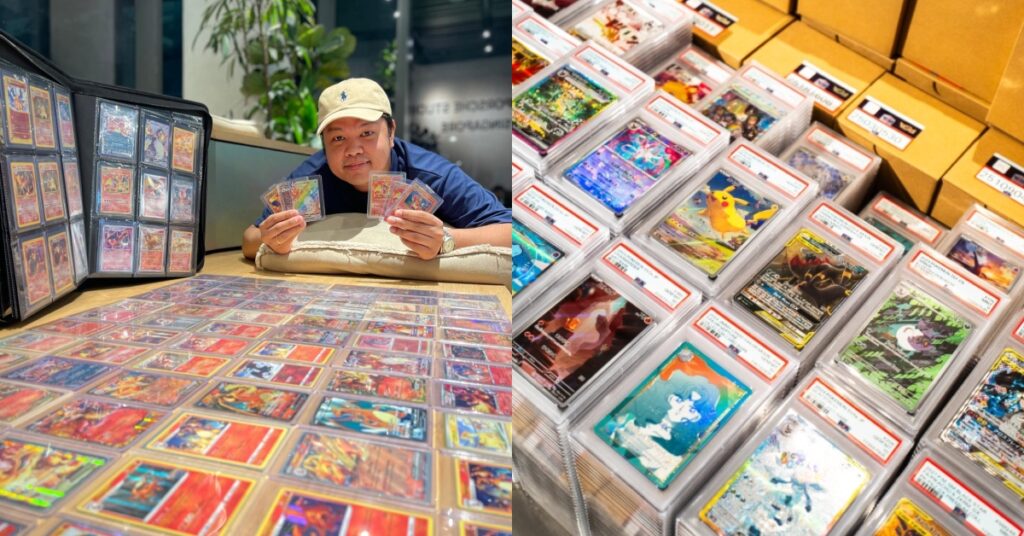Kaya is one of the most nostalgic bread spreads for me. There was always a jar of it in my fridge, and when I went off to college, having a plate of kaya and butter toast with my friends to start the day was always a treat for getting up early.
Corryn was aching for a good Hainanese Kaya that wasn’t too sweet and stayed true to its rich coconutty, caramelly flavour. During her downtime as the pandemic put a pause to her career, her kaya-making experiments led her to launching her own business, Quack Kaya.
When planes can’t fly
Corryn was a freelance tour guide, which meant her salary depended solely on whether or not she had a booking. Needless to say, there weren’t any jobs available when the pandemic brought travel to a grinding halt, and she could not generate an income.
“Initially, I wasn’t too worried as we’ve been through SARS before and I assumed it would be similar, so I also took it as a break to spend some time with the family,” Corryn told Vulcan Post.

Staying optimistic, Corryn took this period as an opportunity to indulge in some new hobbies—cycling and photography being the most impactful ones.
However, as the pandemic stretched on, she realised COVID-19 was so much more severe than SARS, and the worry started to settle in. “Now, I’m just trying to stay hopeful and find a path that could work out,” she added.
She began brainstorming business ideas like selling luxury goods, but none of them really felt right for her.
Eventually, she decided to try making kaya, seeing that she’s always had a connection to cooking and baking, and especially loved sweet foods, a kaya business just clicked for Corryn. Thus, Quack Kaya was born in June 2021.
Stop planning and start doing
While the heavy pandan infusion in kayas in the market today is desired by many and makes up a characteristic of Nyonya kaya, Corryn wanted a different option. She felt that there was a notable gap in the market for good Hainanese kaya.
“That was one of the largest reasons we decided to make our own,” stated Corryn.
Prior to selling the kaya, R&D had to take place. Hayley, who handles marketing and design as the daughter of the family and “most tech-savvy one in the house,” shared that their fridge was filled to the brim with kaya of unimaginable flavours. Hence, the inception of Quack Kaya’s matcha kaya variant.

Quack Kaya also differentiates itself by using duck eggs in its products, which is less common (in KL) but far from a novel idea, according to the team. “Duck eggs are considered somewhat of a luxury and adding it to our kaya provides that added value,” explained Corryn.
Duck eggs embody a richer flavour thanks to their yolk-to-white ratio which helps to make a creamier and fuller bodied kaya.
Friends and neighbours made up the majority of their lab rats; the mother-daughter duo took all of their opinions very seriously. Up to the point of pre-launch, anxiety filled them, wondering whether or not they should’ve done more research before they sought out paying customers.
“But looking back, a lot of our improvements couldn’t have been made if not for the fact that we actually started selling. It’s simply impossible to think of every scenario that can happen until you just decide to stop planning and start doing,” Hayley shared.
Setting prices right
Priced at RM12.80 per jar (without promotions), Quack Kaya’s products can come off rather costly, seeing that those from convenience stores cost at least half of that.
“We price our products high because of the time taken, packaging, more expensive ingredients, as well as the new concept,” the team shared.
Unlike factory-made kaya, Corryn makes her products by hand and in small batches. This means their production rate tends to only produce up to 20 jars of kaya every 2 hours.
Using glass jars as their main packaging is another factor that racks up the cost, along with the duck eggs which are also more expensive than chicken eggs.
“Aside from that, our target market is also teenagers and young adults who don’t exactly view local food as special or fun. By mixing in different flavours, we are able to generate interest from a younger crowd but it also generates cost,” they shared.
All factors mentioned are business costs that add up, which doesn’t give Quack Kaya a high profit margin in the end. In spite of that, the family has managed to sell about 140 jars of kaya which came from a combination of both online and offline sales.
Corryn is making it her goal to eventually open up her own cafe with a unique concept she’s working out at the moment.
When the tourism industry eventually recovers from the pandemic, Corryn is setting sights on maintaining and growing Quack Kaya from being just a hobby to an actual career. This is especially so as she has a family to care for, where Hayley will be going off to university soon.
“But if, touch wood, the business doesn’t produce enough income, I will have to go back to a day job,” shared Corryn.
Featured Image Credit: Corryn Kum, founder of Quack Kaya











